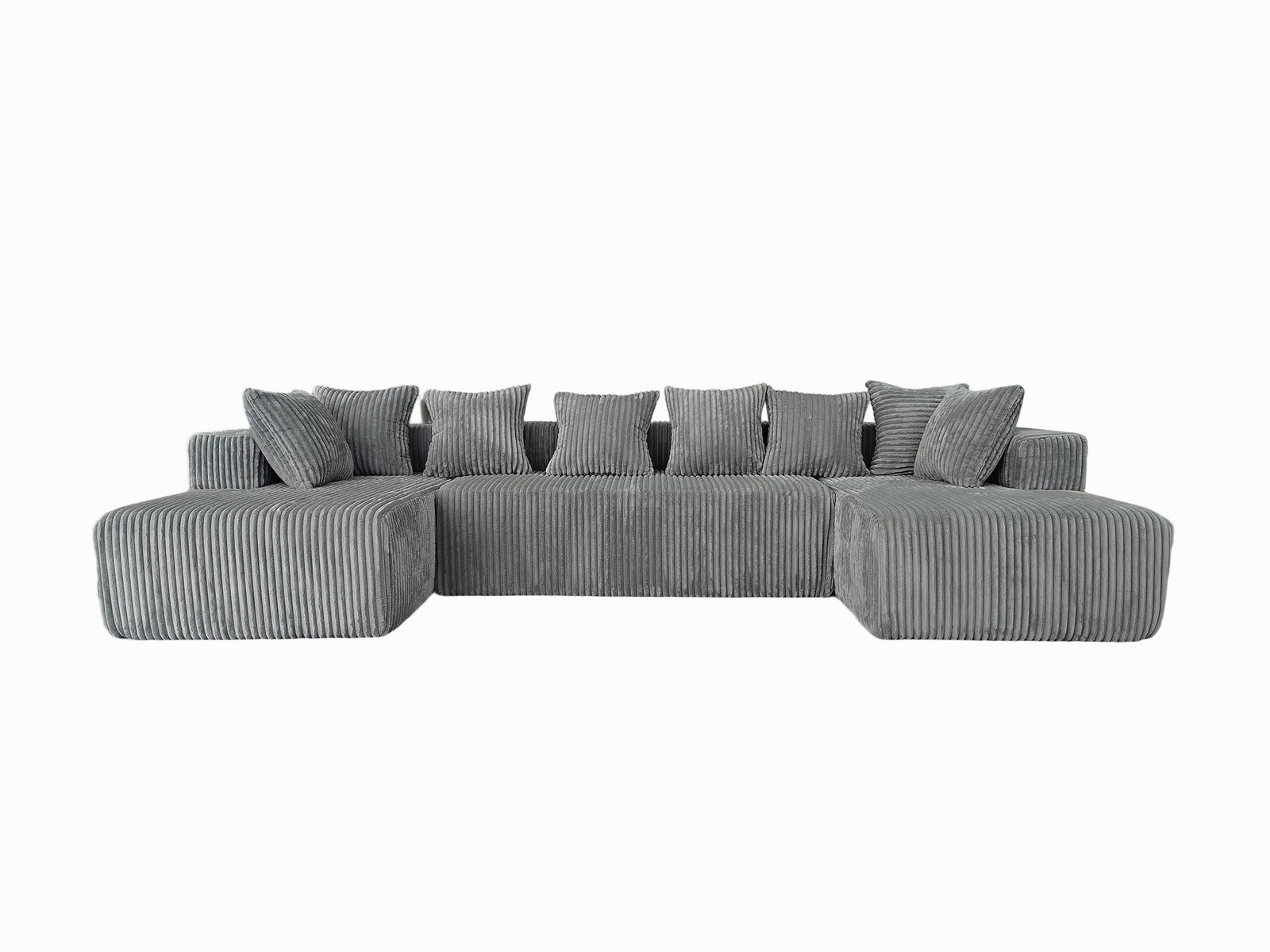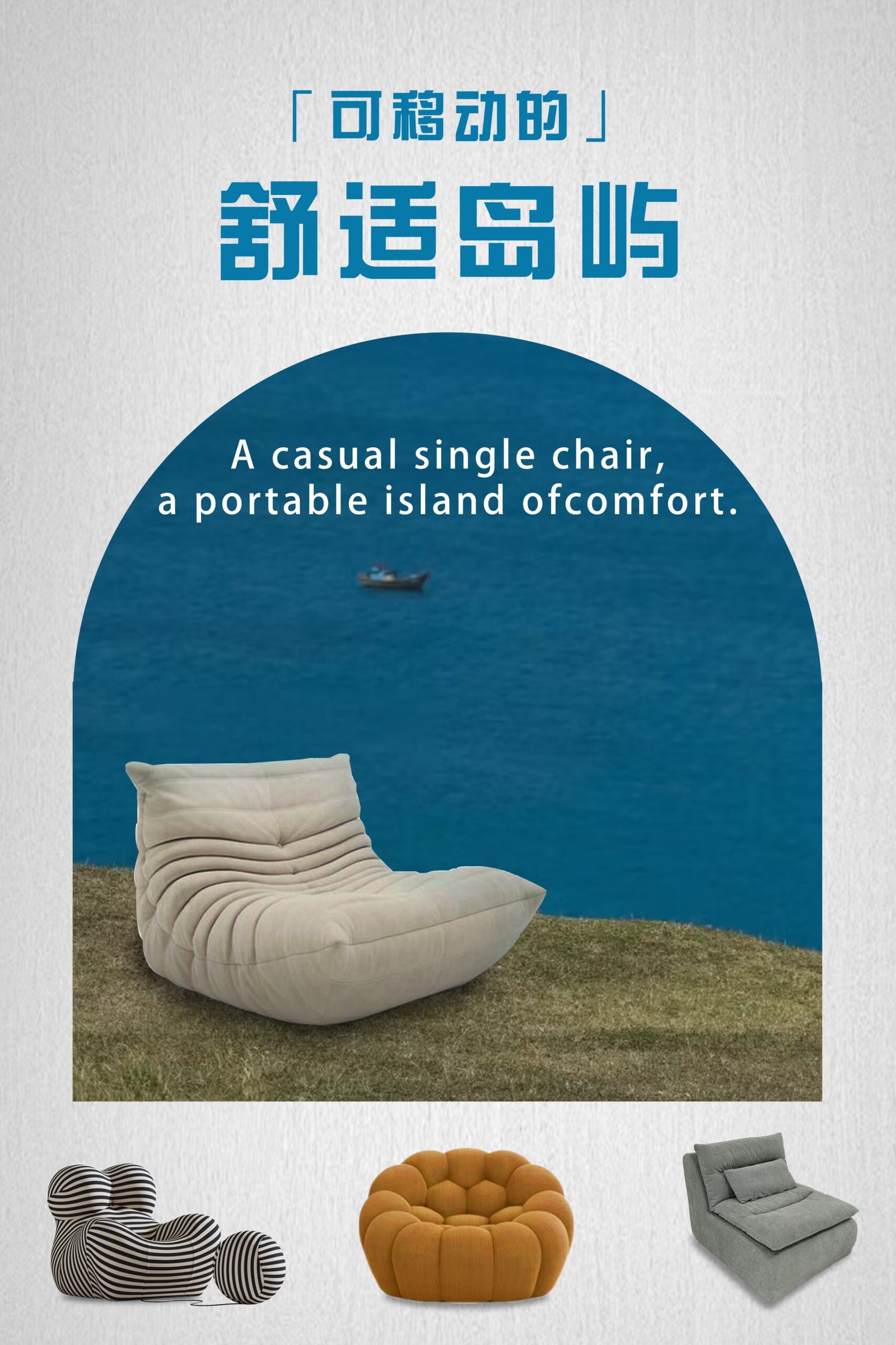
Modern customers expect comfort, support, and durability—without compromise. Traditional foam or spring-only designs no longer cut it.
Hybrid spring-foam designs are gaining popularity because they combine the structure of springs with the softness of foam, offering unmatched comfort, durability, and adaptability for today’s furniture.
This dual-layer innovation is reshaping how we build and experience sofas and mattresses alike.
What exactly is a hybrid spring-foam design?

Tired of sinking into mushy cushions or bouncing on stiff springs?
A hybrid spring-foam system layers a core of pocket springs with high-density foam or memory foam to create a balanced, responsive, and supportive seating or sleeping surface.
Why it matters:
- Springs offer bounce and support: They distribute weight and reduce sagging
- Foam delivers softness and contour: It hugs your body and relieves pressure
- Together, they create an ergonomic experience that adapts to multiple users and uses
This fusion of old-school support and new-age comfort is why hybrids are dominating both the sofa and mattress markets.
How do hybrids improve comfort and support?

It’s all about synergy.
Springs give structure. Foam offers cushioning. Together, they work smarter than either could alone.
- Foam contours to your shape, reducing pressure points
- Springs push back to keep your spine aligned
- The bounce of springs prevents the “stuck in a hole” feeling
- The foam reduces the jiggle you’d feel on an all-spring base
Result: You feel supported and cradled.
Are hybrid sofas and mattresses more durable?
Yes—and that’s a big reason they’re trending.
The spring core handles most of the weight and motion, reducing long-term stress on the foam. That means fewer saggy cushions and longer-lasting comfort.
- Springs are made from steel or tempered alloys
- Foam density is typically higher in hybrid designs
- Reinforced edging prevents frame collapse
- Good hybrids can last 5–10 years with daily use
That’s a win for both buyers and brands who want to reduce returns.
Do hybrids regulate temperature better?
Absolutely.
One of foam’s main issues is heat retention. Springs solve that.
Hybrids improve airflow by allowing heat to escape through the open spring structure—unlike solid foam blocks that trap warmth.
- Pocket coils act like tiny ventilation shafts
- Many use gel-infused or open-cell foam for added cooling
- No more sweaty backs after sitting for a while
This feature is especially loved by hot sleepers and people in warmer climates.
What about motion control?
In compressed sofas, it matters—a lot.
Hybrid designs reduce motion transfer, so when one person moves, the other doesn’t feel it.
- Foam absorbs energy
- Individually wrapped coils prevent ripple effects
- Great for families, couples, or shared seating spaces
You can plop down without waking the dog or disturbing your partner.
Why are hybrids so popular in compressed furniture?
Because they’re the best of both worlds and easy to ship.
Hybrid spring-foam designs compress well for vacuum-packing and regain full shape fast after unboxing.
- Foam compresses uniformly
- Springs are designed to bounce back
- The result: full-size comfort from a box-friendly format
This is ideal for online sofa and mattress sales where delivery costs and assembly ease are key.
Are hybrids more customizable?
Yes—and that’s another big reason for their rise.
Manufacturers can tweak spring count, foam density, and layer thickness to create products for specific needs and price points.
Examples:
| Customer Type | Hybrid Feature Focus |
|---|---|
| Elderly users | Firmer springs, thinner foam |
| Young families | Softer foam, stain-resistant covers |
| Hot climates | Breathable foam, open coils |
| Budget shoppers | Bonnell springs + PU foam |
| Luxury buyers | Pocket coils + memory/latex |
You can get plush or firm, cool or cozy—without changing categories.
What are the cost and value benefits?
Hybrid designs often land in the sweet spot.
They’re more affordable than high-end memory foam-only options, but offer better performance than basic spring models.
- Materials cost is balanced across spring and foam
- Lower returns due to better customer satisfaction
- Durable designs = fewer replacements
- They appeal to a wider market = economies of scale
It’s a price-performance winner for both brands and buyers.
What do customers say?
Customer reviews often highlight these hybrid benefits:
- “I love the bounce without the jiggle.”
- “Finally, a sofa that doesn’t flatten in six months.”
- “It was easy to unbox and feels like a $2,000 couch.”
- “No more sore back after movie nights!”
Whether it’s for sleep or seating, people notice the difference—and don’t go back.
Conclusion
Hybrid spring-foam designs are winning the market because they deliver comfort, support, durability, and versatility in one smart package. For anyone building or buying compressed sofas today, they’re no longer just an option—they’re becoming the standard.